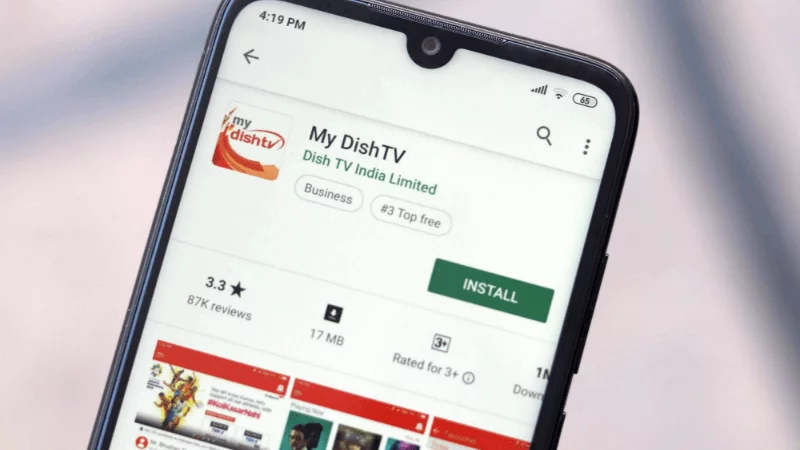The implementation of the new tariff regime by the Telecom Regulatory Authority of India (Trai) has upset the DTH and broadcasting industry. The new regulatory framework has changed the viewership of channels and affected ad revenues as well. Like you would expect, the new regime has also affected the subscriber addition numbers as well. Similar to other DTH operators, the largest DTH company of India Dish TV also registered a lower subscriber addition in the fourth quarter of FY19 with only 47,000 new subscribers added in the period. However, even with this number to start, Dish TV has announced that it plans to add 1.4 million net subscribers in the FY20 and the CEO of the company Anil Dua has said that they had a catapulting start to the year.

Dish TV Will Add Minimum of 0.7 Million Subscribers
Dish TV CMD Jawahar Goel said that the company is looking forward to the opportunities that have come up from DD FreeDish and other operators as well. The Dish TV CMD also talked about the newly launched cricket service from the company which is going to be live for the customers all year long as the cricket season will be live too. Goel also added that the customers of Dish TV like this new cricket service and he is also confident about the subscriber addition. Goel further said that the minimum bar for subscriber addition would be 0.7 million. This news was reported by Indian Television.
Dish TV also noted some of the best numbers in the entire year at the end of FY19 with the highest year-round ARPU standing at Rs 202 in March. Dish TV has also said that it plans to end the FY20 with 1,600 crores in net debt and it has also planned to keep aside Rs 600 to Rs 650 crore in capex this year.
New Regime Brings Change in Pricing Structure for DPOs
Dish TV CFO Rajeev Dalmia said about the content costs, which have become a decisive factor in the industry, “Up to March, it was status quo. But seasonal impacts will come from the current quarter. And it will continue to be so the whole year. And as per the calculation that we have done in the month of April and May, there are benefits and the cost is lower if we compare it with the last quarter. And as the consumer matures and starts adopting more and more, benefits will continue in the quarter going forward.”
Goel also added saying that now with the new tariff regime, the pricing structure has changed and the content costs are being passed through to the broadcaster only. While for years, the broadcasters have lived on an extortion model, and now they have come up front to the marketing and partnership work as well. He also added that both DPOs and broadcasters are working hand in hand for revenue growth.















